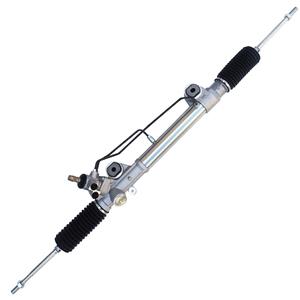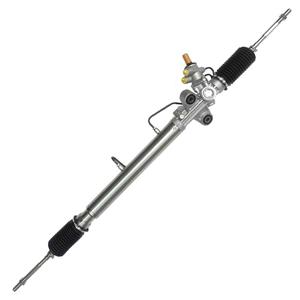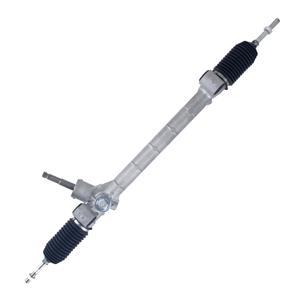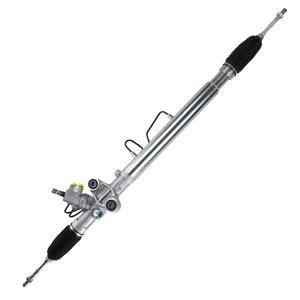-
2002-2025
Do racing cars have power steering?
Whether a car is equipped with power steering depends on many factors, including the type of car, the nature of the competition, and the needs and preferences of the drivers. Although power steering can reduce driver fatigue and improve handling stability, it can also increase the weight and complexity of the vehicle and reduce steering feedback.
-
The answer is yes, the electric power steering system is indeed equipped with a fuse. In fact, most electronic systems in modern cars, including EPS, have dedicated fuses or relays. The main function of the fuse is to protect the circuit from damage to the system due to excessive current or circuit short circuit.
-
When the power steering system fails, the driver needs to rely on more manual force to turn the steering wheel, especially when driving at low speeds or parking. Without power assistance, the steering wheel becomes extremely heavy to turn, which is a big challenge for some drivers with less power.
-
The first large-scale application of electric power steering was in 1993, when Italian car manufacturer Fiat introduced this innovative technology on its Punto model. The Fiat Punto was the world's first mass-produced car equipped with electric power steering.
-
Through the above analysis, it can be concluded that not all steering racks require hydraulic oil. Specifically, the steering racks of manual steering systems and electric power steering systems do not require hydraulic oil, while the steering racks of hydraulic power steering systems rely on hydraulic oil to provide steering assistance.
-
Chevrolet officially launched the power steering system in 1953. This time point is of great significance, marking an important step for Chevrolet in technological innovation. In 1953, Chevrolet's representative model, the Chevrolet Corvette, was launched as the brand's first two-seater sports car.
-
The work of the electric power steering system begins with the steering force sensor (Torque Sensor). When the driver turns the steering wheel, the sensor monitors the rotational torque on the steering wheel in real time. This information is transmitted to the vehicle's electronic control unit (ECU), and the ECU determines how much steering assistance is needed based on this information.
-
1612-2024
How can I make my power steering softer?
If your vehicle is equipped with a hydraulic power steering system, the condition of the hydraulic oil is crucial. Over time, the hydraulic oil may become dirty, lose viscosity, or even bubble, resulting in a decrease in the efficiency of the steering system. Therefore, regularly checking the quality of the hydraulic oil is the key to maintaining soft steering.
-
The reasons for the failure of electric power steering are: 1. Electrical system failure 2. Steering sensor failure 3. Control module (ECU) failure 4. Electric power motor failure 5. Power system problem 6. Mechanical problem 7. Temperature change 8. Moisture intrusion
-
The manual steering system relies entirely on mechanical transmission, and there is no power steering device in the system. The steering force is directly applied by the driver and transmitted to the wheels, so there is no need for a power steering pump.




